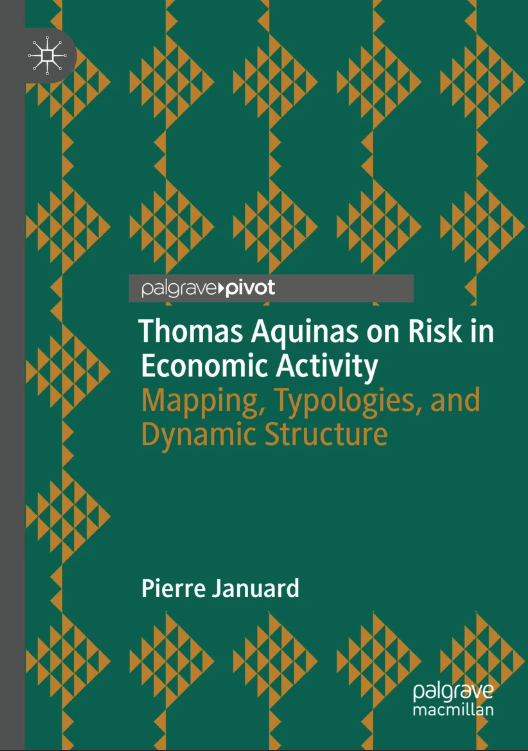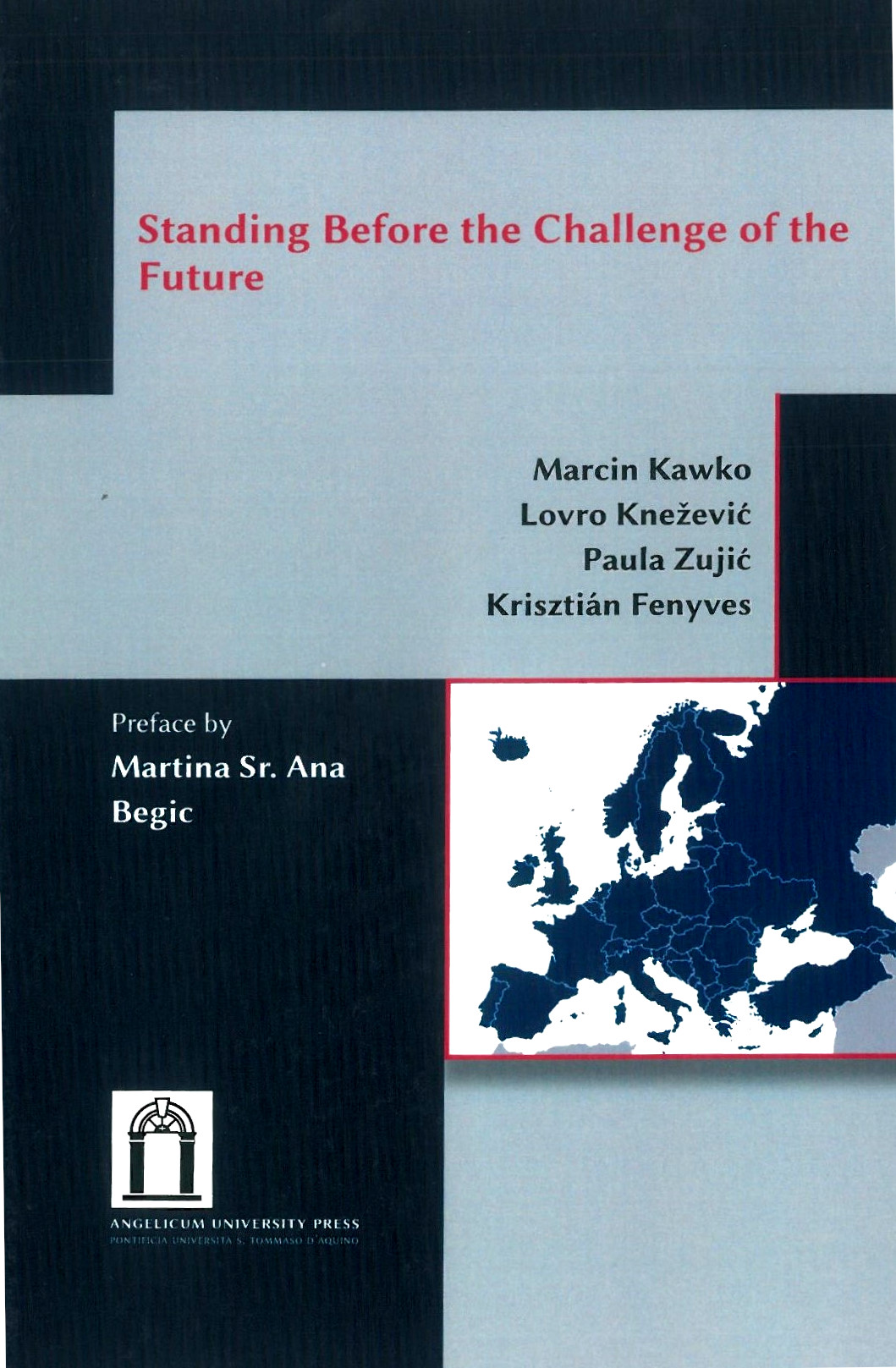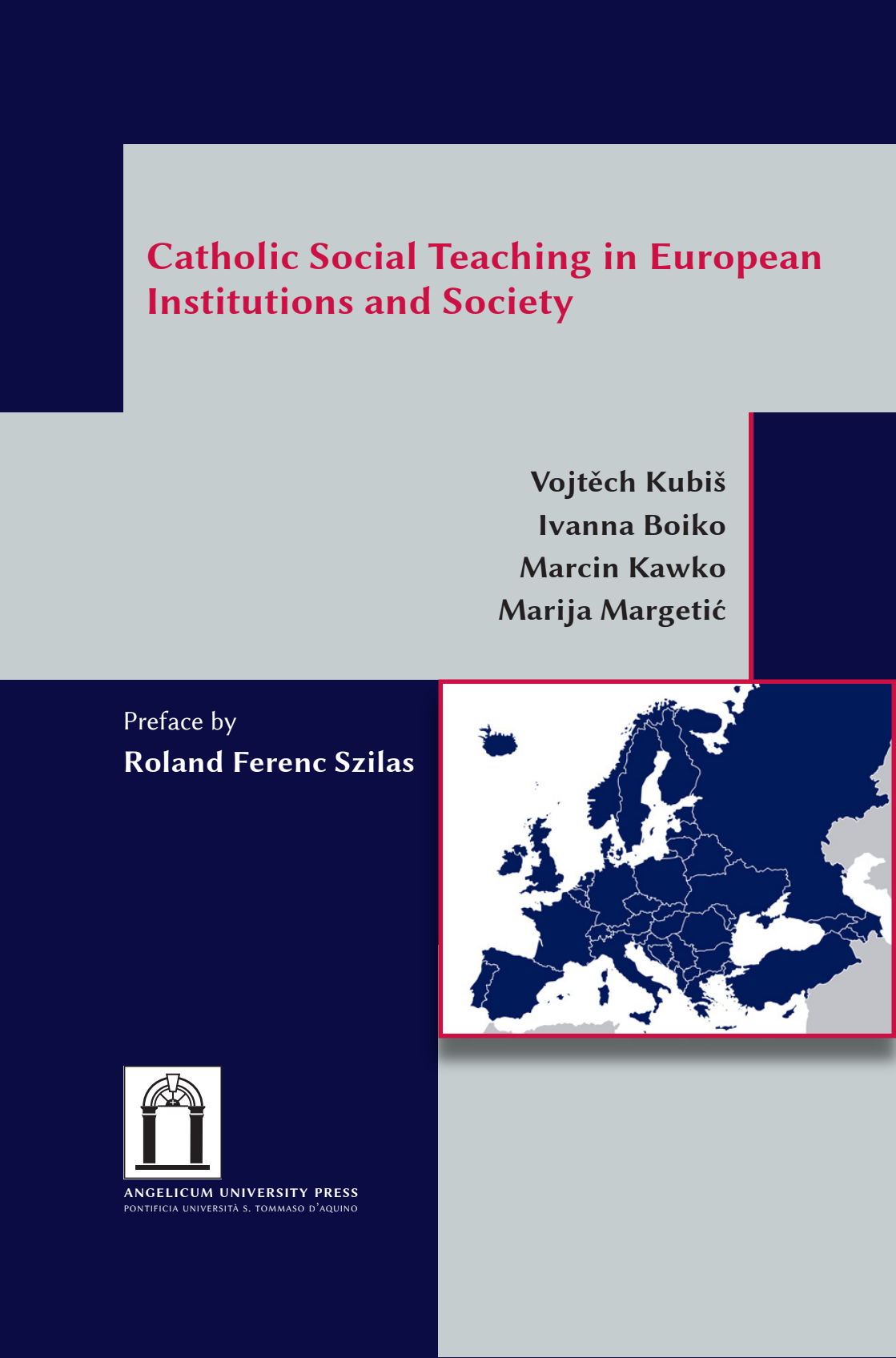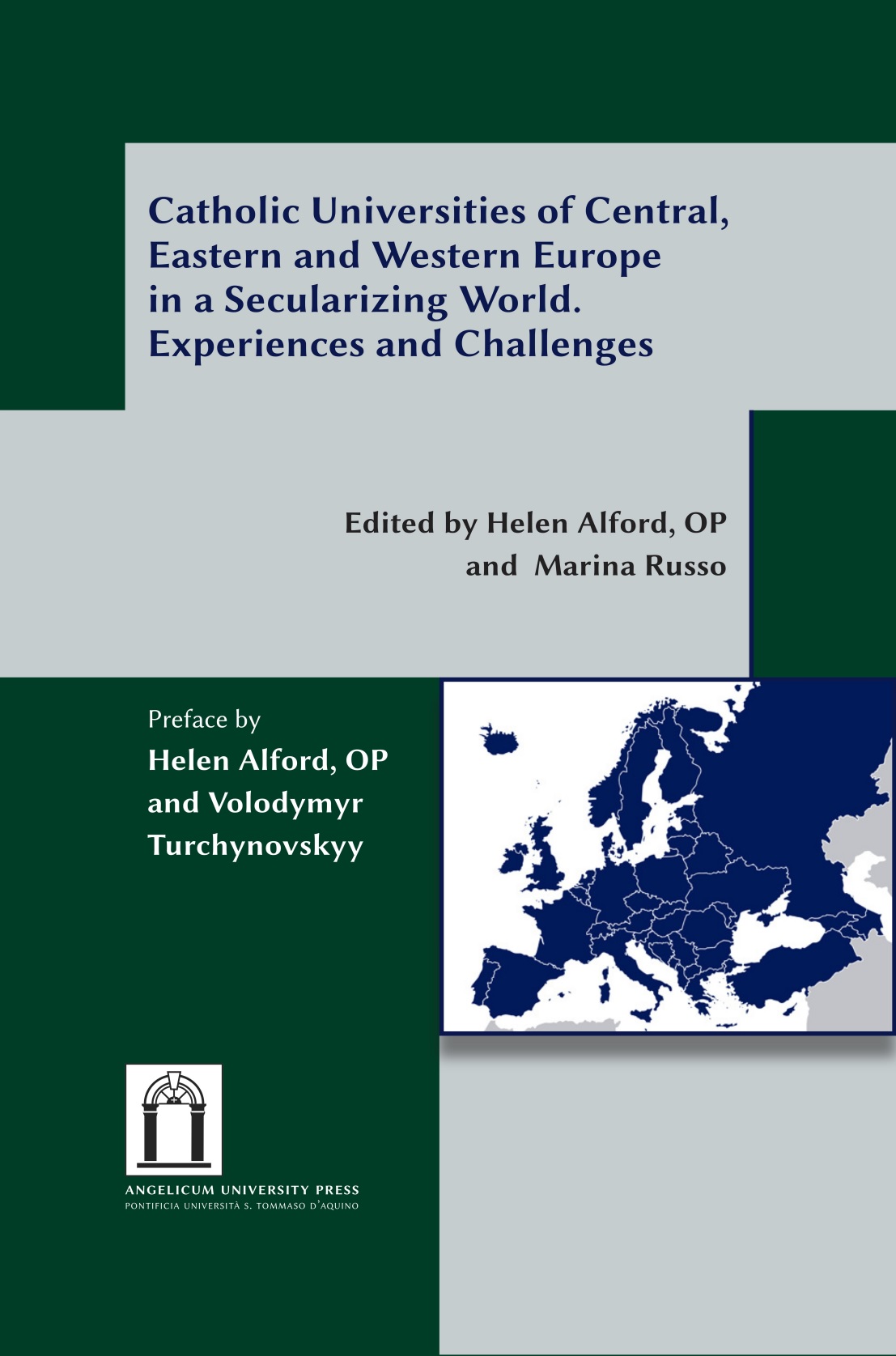 Migration is a very ancient phenomenon, referring to the movement of people from one place of residence (be it a district, region or country) to another for a specified period of time. References to migration in Ukraine can be found as early as the "Sermon on Law and Grace" by Metropolitan Hilarion, writing in the 11th century. From later Ukrainian history we may also remember the Ukrainian migration to the United States and Canada (18th -19th centuries) and to France and Germany (early years of 20th century). These periods of migration had the character of waves, caused by disasters in the mother country, like war, repressions or famine.
Migration is a very ancient phenomenon, referring to the movement of people from one place of residence (be it a district, region or country) to another for a specified period of time. References to migration in Ukraine can be found as early as the "Sermon on Law and Grace" by Metropolitan Hilarion, writing in the 11th century. From later Ukrainian history we may also remember the Ukrainian migration to the United States and Canada (18th -19th centuries) and to France and Germany (early years of 20th century). These periods of migration had the character of waves, caused by disasters in the mother country, like war, repressions or famine.
However, the situation nowadays has a very important difference from what went before. Migration today has become a truly global phenomenon in which all countries are involved and, unlike the previous wave-like form, it has taken on a permanent character 1. In addition, since Independence in 1991, a new type of migration has appeared in Ukraine and begun to develop significantly. This is “educational migration”, occurring when Ukrainian students go to other countries to study (mainly to EU countries) and international students with the same purpose come to Ukraine (mostly from Africa).
A combination of domestic economic hardship, political instability and environmental disasters in various regions of the world has lead to the fact that one of the most powerful migration flows in the world passes through Ukraine. According to the International Organization for Migration (IOM) and the World Bank, in 2010 there were nearly 215 million migrant workers in the world as a whole, accounting for 3% of the world population. In the same year in Ukraine, however, according to these same organizations, the proportion of migrants was nearly four times the world average, with 5.25 million immigrants, representing 11.6 % of the Ukrainian population.
Considering that during the Soviet period Ukrainian society was cut off from the rest of the world (people could not go to other countries outside the USSR without special permission from the state, which was not easy to get. To do so, a person had to pass a special examination on the history of world communism and have a specific reason for going) and immigration to Ukraine from outside the Soviet Union was relatively low, the modern situation with migration has, understandably, generated some culture shock. In cultural terms, Ukraine (especially the eastern and southern parts) has had to try to adapt to new cultural realities, such as multiculturalism and religious pluralism.
The economic aspects of migration are also complex. Research carried out by one particular working group shows that, in 2010, there were between 5.1 and 6.8 million migrants with different levels of legal status in Ukraine and that the country's budget annually loses about $ 2 billion thanks to unaccounted-for illegal labour3. On the positive side, however, Ukrainian migrants in other countries transferred nearly $7.5 billion into Ukraine in 20124. Furthermore, experts say that the real figure for remittances is much higher, if we include those that come through informal channels.
It should also be noted that, from the beginning of the 1990s, emigration from Ukraine to other countries for the purpose of work has become a mass phenomenon, especially as regards western Ukraine. It is not a surprise, therefore, that a special term for such migrants - "zarobitchany" (guest workers) – has recently been coined in Ukrainian.
Overall, migration regarding Ukraine in the 21st century performs the following key functions:
1. Ukrainian migrants contribute significantly to the economy of Ukraine, transferring money to their relatives from abroad into Ukraine.
2. Migrant workers coming into Ukraine introduce cultural pluralism into Ukrainian society, forcing it to find new ways of understanding and improving the ability of the Ukrainian people to exercise toleration (In 2012, Ukraine was one of the most tranquil countries of Europe, while at the same time having one of the highest numbers of immigrants, which confirms this ability to tolerate others)5.
3. After returning to Ukraine, educated Ukrainian young people who have studied abroad try to make progress up to higher levels in society through their career. However, this effect is often neutralized by the inadequate functioning of the "social elevator" in Ukraine.
Due to the difficult economic situation in the country, trends indicate the possibility of increasing social tensions and negative attitudes towards immigration and the growth of emigration from Ukraine for work. In particular, the Global Peace Index 2013 put Ukraine in the 111th place of 162 countries, suggesting that Ukraine could loose its stability relatively easily6. So, we can say that Ukraine in the future will experience migration with more “depth” - more Ukrainians will try to go to other countries for work, and more migrants from Asia and Africa will arrive in Ukraine.
SOURCES:
1. Spencer S. Introduction to Special Issue on Migration // The Political Quarterly. — 2003. — Vol. 74. — P. 1—24.
2. Cлово про закон й благодать (the translation from Ukrainian: "Sermon on Law and Grace") [Internet source: http://litopys.org.ua/]
3. Сегодня.UA: Миграция в Украине: Необходим единый реестр мигрантов (the translation from Russian: Migration in Ukraine: the United register of migrants is necessary) [Internet source: http://www.segodnya.ua/]
4. Migration and Development Brief # 21, 2 October 2013. — P. 4—6.
5. Global Peace Index 2012. http://chartsbin.com/
6. Global Peace Index 2013.
 IT
IT  EN
EN 
















